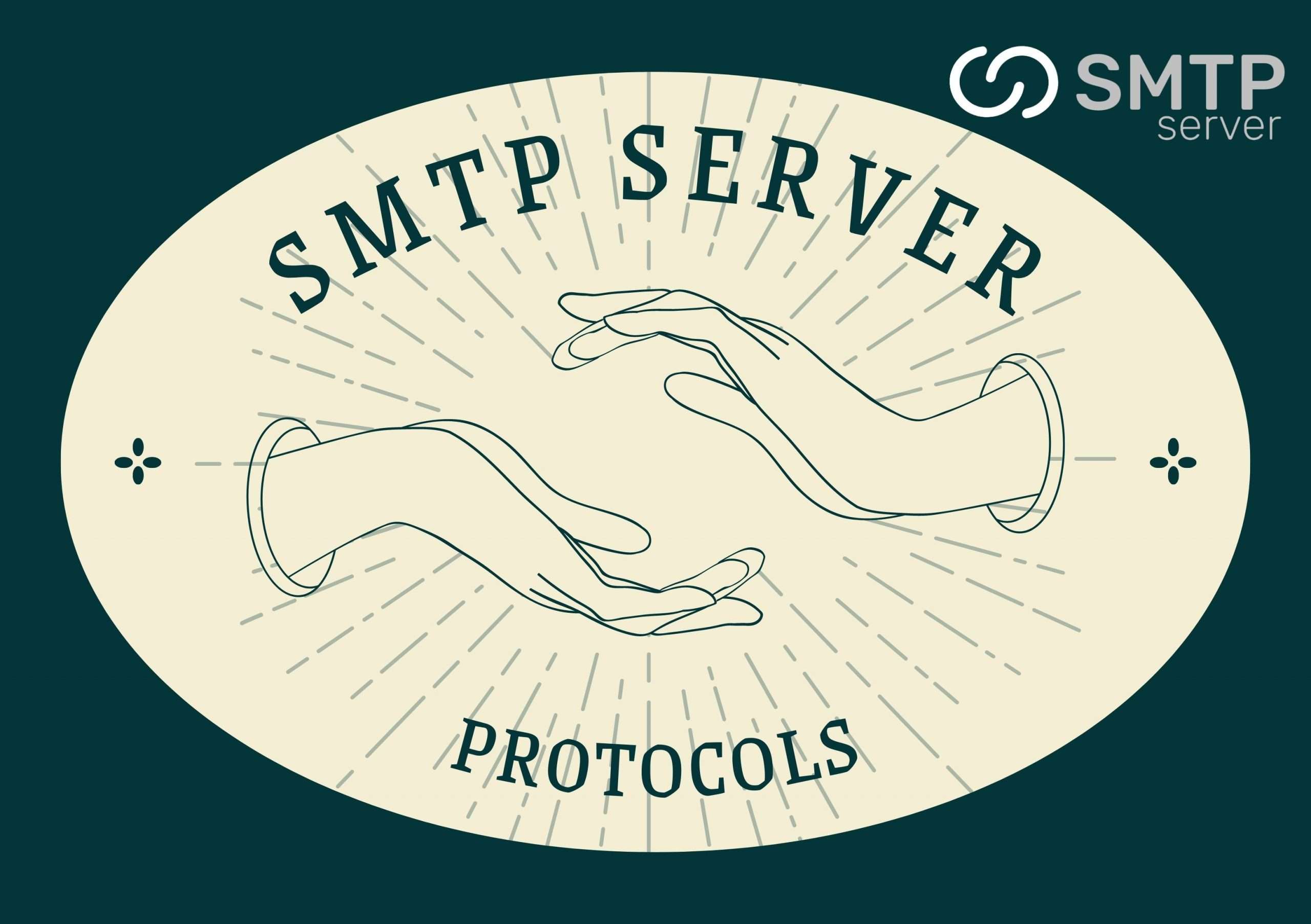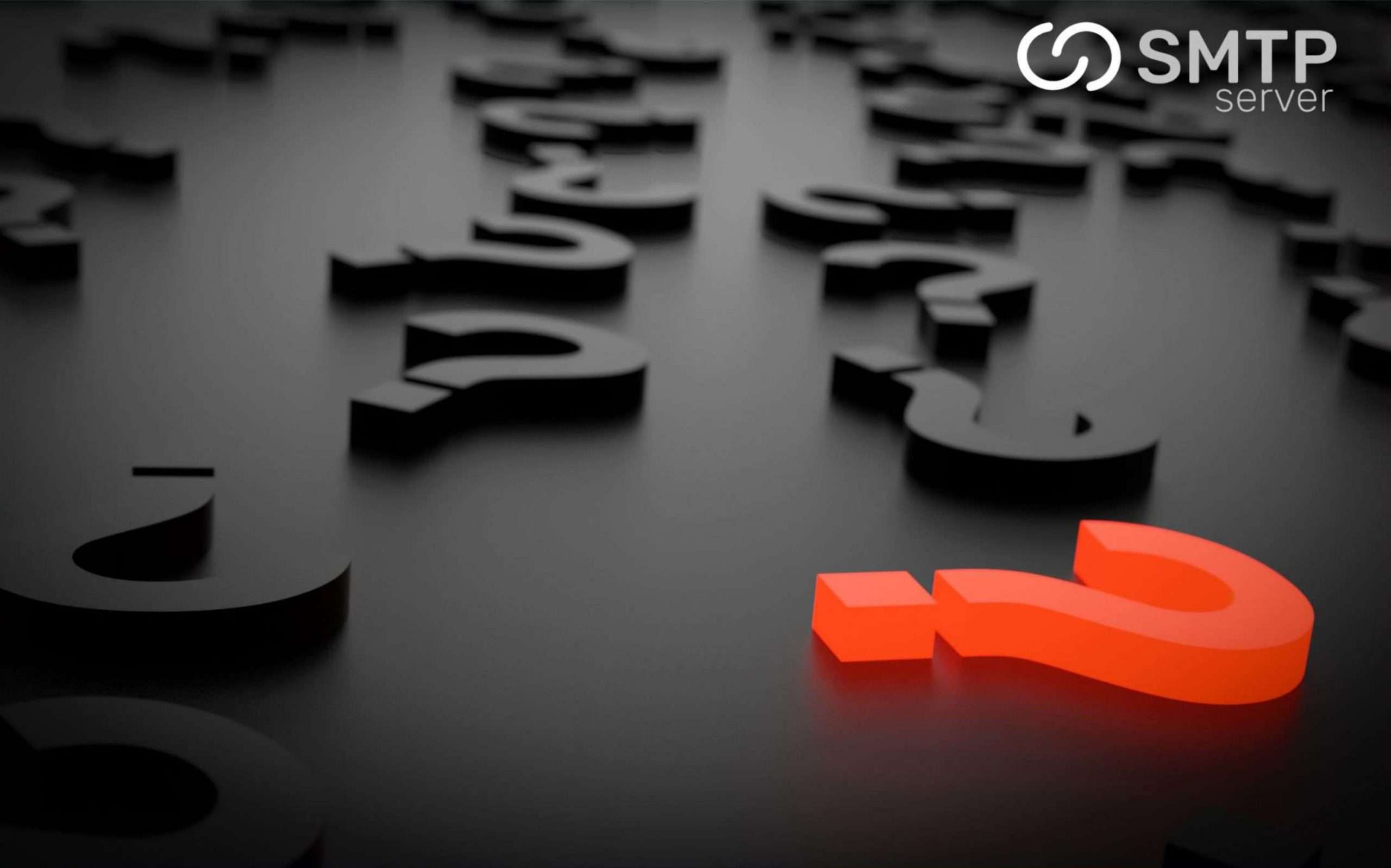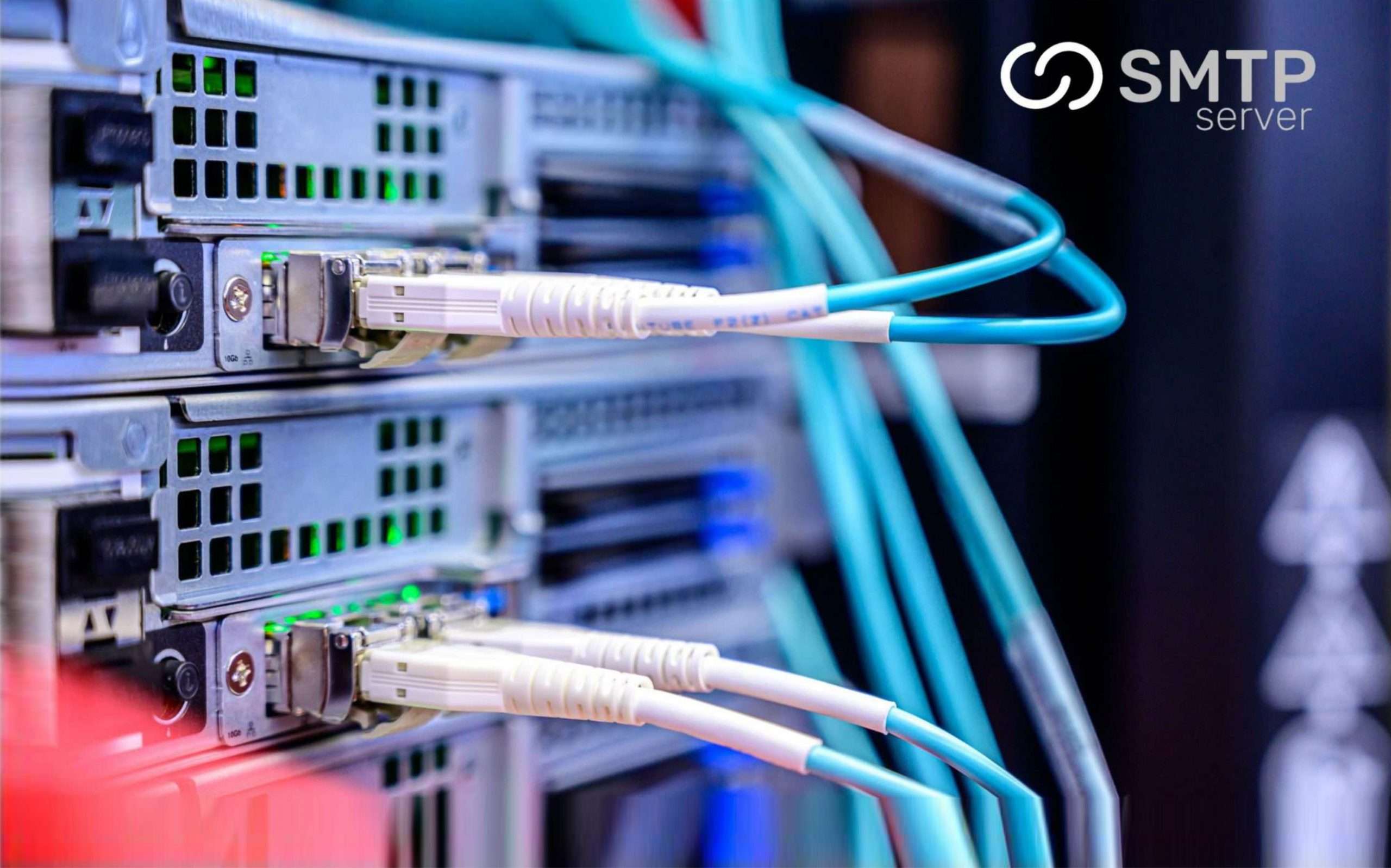18,315 total views, 7 views today
Email protocols are the set of rules and standards that govern the exchange of electronic messages between different systems. There are several different email protocols that are used today, but the three most important ones are Simple Mail Transfer Protocol (SMTP), Post Office Protocol (POP), and Internet Message Access Protocol (IMAP).
Simple Mail Transfer Protocol (SMTP) is the most widely used email protocol for sending and receiving messages. It is a simple and reliable protocol that is used to transfer email messages between servers and clients. SMTP is responsible for sending messages from the sender’s email server to the recipient’s email server. It uses a series of commands and replies to transfer the message, and it can also be used to authenticate the sender and to encrypt the message for security.
Post Office Protocol (POP) is an older email protocol that is mainly used for receiving email messages. It is a simple protocol that allows users to download their messages from a remote email server to their local computer. POP is not as flexible as IMAP, and it does not provide the same level of functionality. For example, POP does not allow users to access their messages from multiple devices, and it does not provide the ability to organize and manage messages on the server.
Internet Message Access Protocol (IMAP) is a more advanced email protocol that is used for receiving and managing email messages. It allows users to access their messages from multiple devices and to organize and manage messages on the server. IMAP also provides a number of advanced features such as the ability to create and manage email folders, search for messages, and synchronize messages across multiple devices.
One of the main advantages of using IMAP is that it allows users to access their email from multiple devices. This means that users can read and write emails on their smartphone, tablet, or laptop and have access to the same messages and the same email folders. This is particularly useful for people who are always on the move and need to check their email from different locations.
Another advantage of IMAP is that it provides a number of advanced features for managing and organizing email messages. For example, users can create and manage email folders, search for messages, and synchronize messages across multiple devices. This makes it easy for users to keep their inbox organized and to find the messages they need quickly and easily.
IMAP also offers a higher level of security than POP. It allows for the use of encryption to protect the email messages from unauthorized access and provides a number of authentication mechanisms to ensure that only authorized users can access the email messages.
In conclusion, email protocols are the backbone of electronic messaging system. SMTP, POP and IMAP are the three main protocols used for sending and receiving email messages. SMTP is used for sending messages, POP is used for receiving messages and IMAP is used for receiving and managing messages. Each protocol has its own advantages and disadvantages and choosing the right one depends on the specific needs of the user. SMTP is a simple and reliable protocol, but it does not provide the same level of functionality as IMAP. POP is a simple protocol but not as flexible as IMAP. IMAP is a more advanced protocol that provides a number of advanced features such as the ability to access messages from multiple devices, create and manage email folders, search for messages, and synchronize messages across multiple devices. It also provides a higher level of security.





